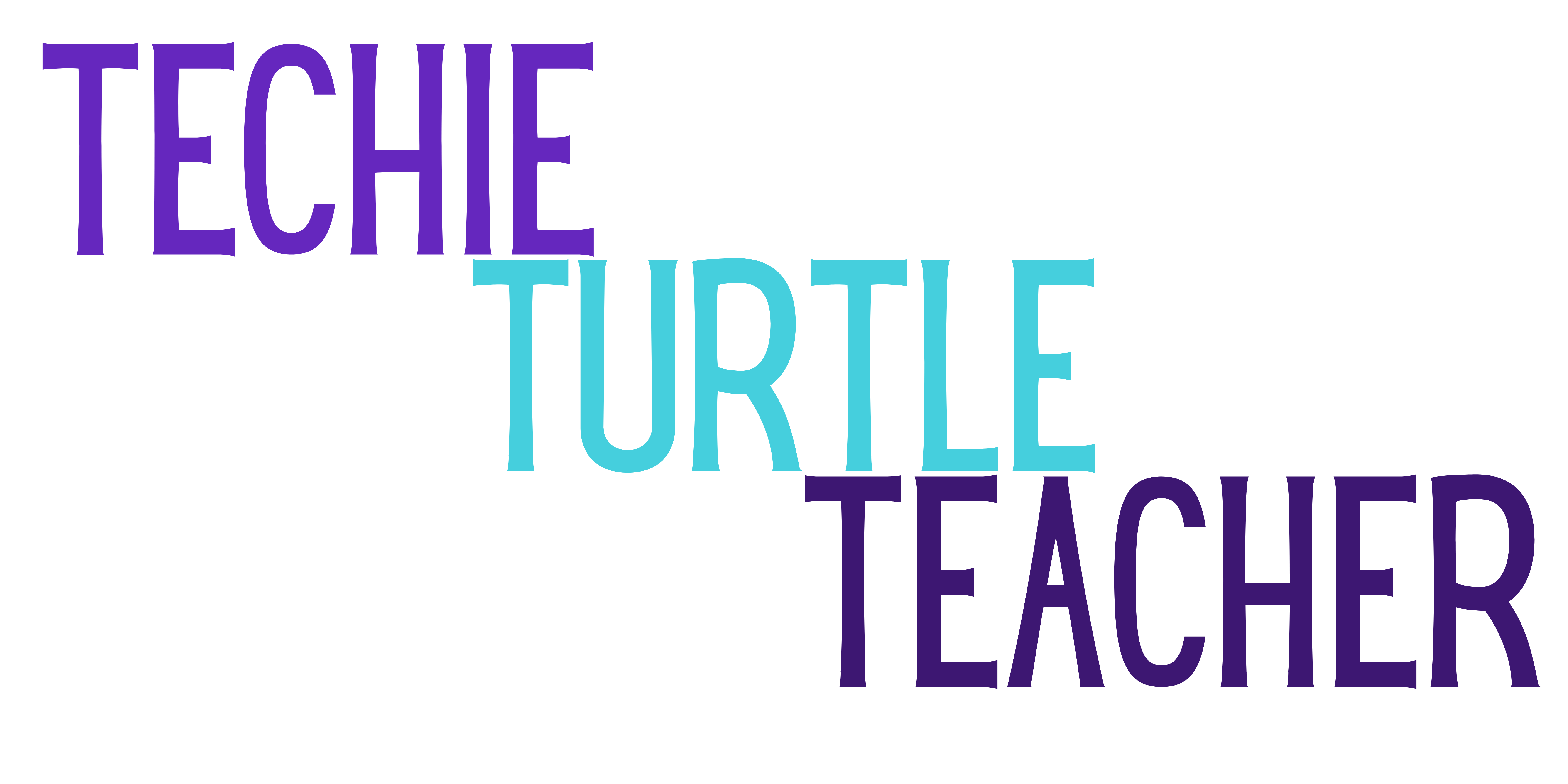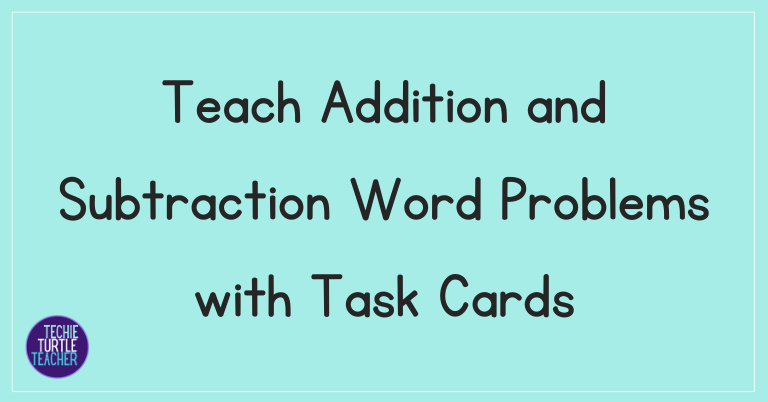Are your students growing tired of boring worksheets? Add some excitement to your classroom when you use math task cards in your primary classroom!
Math task cards are so versatile and give your students a different way to show their math skills instead of just completing worksheets.
But how do you know if math task cards are right for you and your students?

Evaluate Math Task Card Sets
Before purchasing or creating a math task card set, you should ask yourself a series of questions to help you determine the usefulness of the task cards.
A few of the questions you should ask are:
- Do the task cards align with your learning objectives?
- Are the instructions written clearly for your students to understand?
- Is there a unique aspect to the task cards so your students don’t get bored?
- How will you provide feedback to your students?
- Are you able to use the task cards for assessment?
Download the checklist for evaluating math task cards to see for yourself if you should use task cards in your classroom.
Do the task cards align with your learning objectives?
It may seem obvious, but you want to make sure the math task cards align with your learning objectives.
If you’re teaching addition without regrouping, you don’t want to include problems that involve regrouping. You would want to save those task cards for later in the year when you teach regrouping.
Are the instructions written clearly for your students to understand?
Math task cards work best as independent activities. The directions should be clear and easy to read for all your students so that they are able to complete the activity by themselves.
If you assign task cards as an independent activity while you work with another group of students, you don’t want to be interrupted to clarify directions.
Is there a unique aspect to the task cards so your students don’t get bored?
The unique aspect to math task cards is important to consider to keep your students engaged throughout the year.
Straightforward problems with an answer sheet will have your students moaning and groaning.
Math mystery place value task cards provide students with a mystery question that will be solved after they complete all the task cards.
This place value set asks students which animal won the race.
As they solve the problems, they will collect letters A through D.
Once they have solved every problem, they will count the number of each answer choice and write the totals in the boxes on their answer sheet.
They will use the totals to help them answer the question at the bottom of their answer sheet.
Using these task cards still gives your students a chance to practice the concept, but they will be excited to figure out the answer to the mystery question at the end.
How will you provide feedback to your students?
Going back to the math mystery task cards, it’ll be easy for you to see if the students solved the problems correctly if the mystery question is answered correctly.
If the student answers the mystery question incorrectly, you can look at their answer sheet closer to see what questions they got wrong.
Then you can have the students go back and redo incorrect answers.
Another way to provide feedback is to use a full page version of the math task card to display the problem on the screen and review the answer with the class. I try to include the full page version in many of my task card resources for this reason.
Are you able to use the task cards for assessment?
Task cards are great to use for assessment if students work independently. You can always vary how you use task cards – let them work independently one day, with a partner another, in a small group another, and so forth.
You can use a single task card as an assessment and pull students individually to solve the problem.
You could use one task card set as practice and another for an assessment. Or you could pick one or two problems from the task card set to use as an assessment.
The options for assessment are almost endless!

Pin this to Pinterest for later






